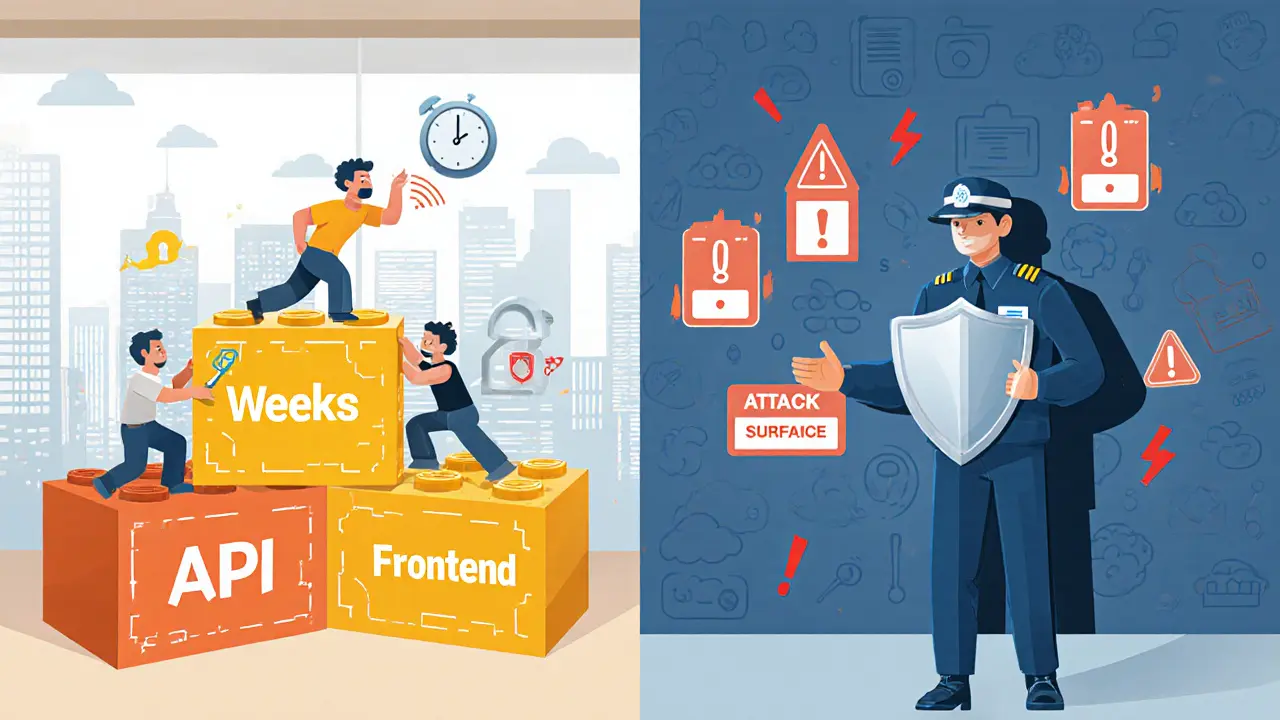Microservices: Building Scalable Crypto‑Ready Applications
When working with microservices, an architectural style that breaks an app into small, independently deployable services communicating over APIs. Also known as microservice architecture, it lets developers swap parts without taking the whole system down.
In the Web3 world, blockchain, a distributed ledger that records transactions in a tamper‑proof way often serves as the data backbone for microservices. Pairing smart contracts, self‑executing code that runs on a blockchain when predefined conditions are met with micro‑service endpoints creates automated trust flows without a central gatekeeper. Meanwhile, Docker containers, lightweight packages that bundle code, runtime, and dependencies give each service a consistent runtime, making scaling across cloud or edge nodes painless.
Why microservices matter for crypto projects
Because each service owns its own data store, the approach aligns well with modern cloud‑native practices. The key difference from older service‑oriented models is the finer granularity and native support for circuit breaking and event‑driven communication. Adding Kubernetes, an orchestration platform that automates container rollout, scaling, and health checks on top lets the system auto‑heal and self‑balance based on traffic spikes—perfect for unpredictable crypto market data. In short, microservices microservices require containerization, benefit from orchestration, and are enhanced by blockchain‑based trust layers.
Beyond the core stack, developers rely on continuous integration and delivery pipelines to push updates without downtime. Tools like GitHub Actions or GitLab CI feed Docker images into a registry, where Kubernetes pulls the latest version and rolls it out incrementally. Observability stacks—Prometheus for metrics, Grafana for dashboards, and Jaeger for distributed tracing—give teams real‑time insight into latency, error rates, and resource usage. This visibility is crucial when a token airdrop platform needs to verify millions of wallet addresses in seconds or when a decentralized exchange must enforce order‑book consistency across shards.
Challenges still exist. Distributed tracing can become noisy, and data consistency across services often requires patterns like saga or two‑phase commit, which add complexity. Versioning APIs demands strict contract testing to avoid breaking downstream consumers. Security teams must harden each container, rotate secrets regularly, and monitor for supply‑chain attacks on base images. Yet the payoff is a system that can evolve piece by piece, comply with emerging regulations, and integrate new blockchain networks as they appear.
The article collection below reflects how this architecture shows up in real‑world crypto scenarios. You’ll find deep dives into airdrop mechanics, exchange reviews, supply‑chain tokenization, reputation systems, and more—all built on the microservices principles outlined here. These resources will help you see the concrete benefits, common pitfalls, and step‑by‑step tactics for deploying microservice‑based crypto solutions.
Composability vs Security: Balancing Agile Architecture and Protection
Explore how composability speeds delivery while adding security challenges, and learn practical strategies to balance agility with protection.





